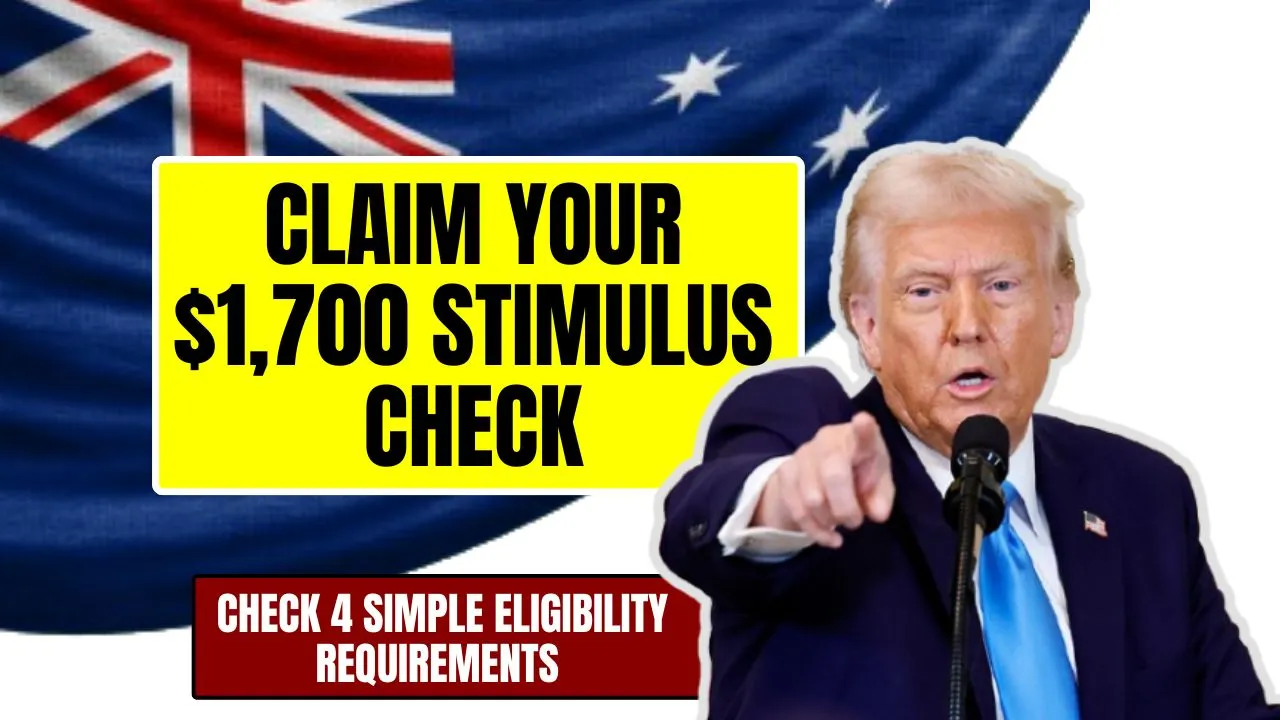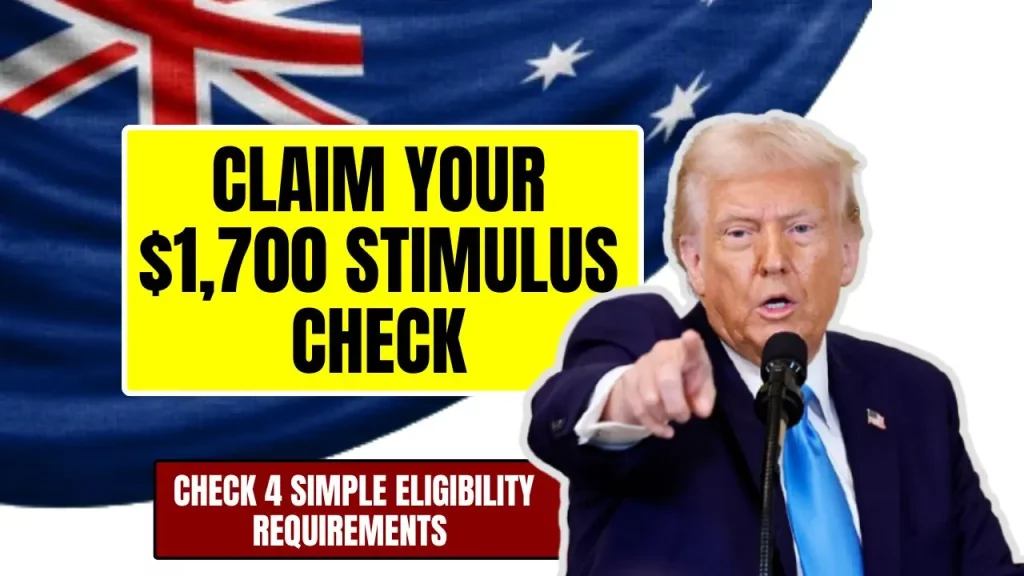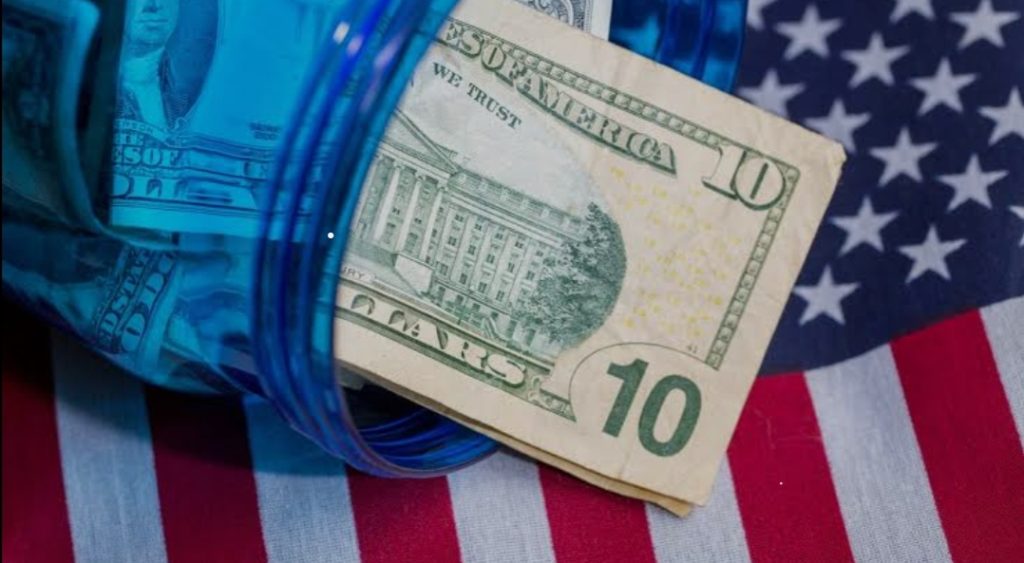If you missed out on earlier COVID relief payments, the IRS might have one last check waiting for you
Millions of Americans are about to get an unexpected boost — and it’s coming straight from the IRS. A little-known provision is helping people claim up to $1,700 in stimulus money they may have missed during the pandemic, and all it takes is meeting a few simple requirements.
This new wave of payments is tied to the third round of COVID-era stimulus checks, specifically the Recovery Rebate Credit from 2021. And if you qualify, you don’t need to do much to get it.
Here’s what’s going on, how much you might be owed, and how to make sure you get your money.

What’s This Stimulus All About?
Back in 2021, the federal government sent out $1,400 stimulus checks to most Americans under the American Rescue Plan. But not everyone got theirs. Whether due to a missed tax filing, a glitch, or simply not knowing you were eligible, around one million people never received that money.
Now, the IRS is trying to make things right.
This year, they’re automatically issuing payments to people who were eligible for the credit but didn’t claim it when they filed their taxes. In some cases, that could total up to $1,700 per person when dependents are included.
Do I Qualify? Here Are the 4 Main Requirements
The rules are surprisingly simple. To be eligible for this late-stage stimulus check, here’s what you need to meet:
-
You filed a 2021 tax return
The IRS is using 2021 tax data to find people who missed the rebate. If you didn’t file in 2021, you’ll need to do so by April 15, 2025, to claim your check. -
You didn’t already receive the $1,400 in 2021
This check is only for those who didn’t get the third stimulus payment, or who didn’t claim the Recovery Rebate Credit on their 2021 return. -
Your income meets the limit
Full payments go to individuals earning up to $75,000, or $150,000 for married couples filing jointly. Higher earners may still qualify for partial payments. -
You have a valid Social Security number
Only U.S. citizens and resident aliens with valid SSNs are eligible.
If you have qualifying dependents — like kids or elderly family members — you could receive even more. That’s how some households could end up with over $1,700 in total.
Do I Need to Do Anything to Get It?
For many people, no action is needed. The IRS began sending these payments out earlier this year via direct deposit or mailed checks, using whatever info was included in your most recent tax filing.
However, if you didn’t file a 2021 return, you still have time. You have until April 15, 2025, to file and claim the Recovery Rebate Credit. That’s your last chance to get this money — after that, it’s gone for good.
Be Aware of Scams
As with all things involving the IRS and money, scammers are taking advantage. Be cautious: the IRS will never call, email, or text you asking for personal or banking information. If someone reaches out claiming to help you claim a check — and asks for sensitive info — it’s a scam.
Your safest bet is to check your IRS account online or talk to a trusted tax professional.
Why This Matters Now
This surprise payment could be a real financial lifeline for many families still catching up from the economic impact of the pandemic. With inflation driving up costs across the board, every extra dollar counts.
If you think you might be eligible, don’t wait — take a few minutes to check your tax status or talk to someone who can help. Whether you get $1,400, $1,700, or even more depending on your household, it’s money you’ve already earned — you just have to claim it.



